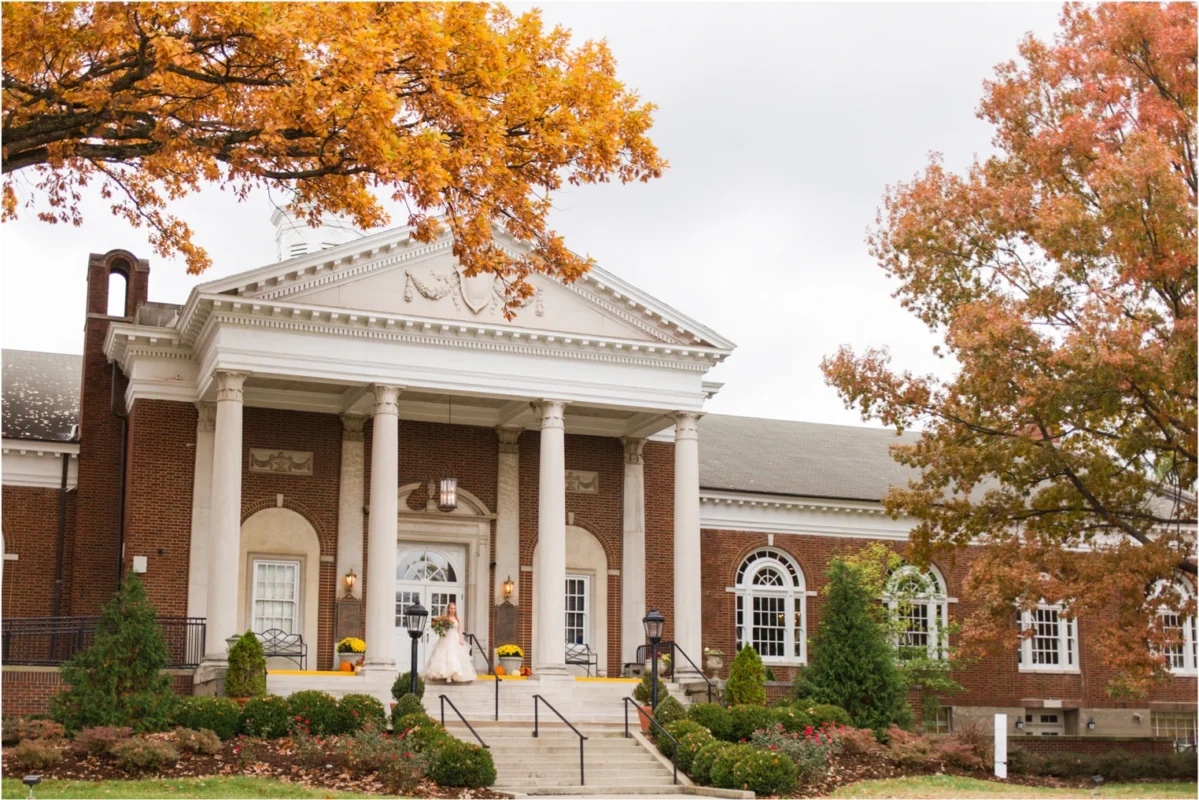Blog
How Can a Flower Wall Complement the Historic Architecture of The Olmsted?
Manor Venue
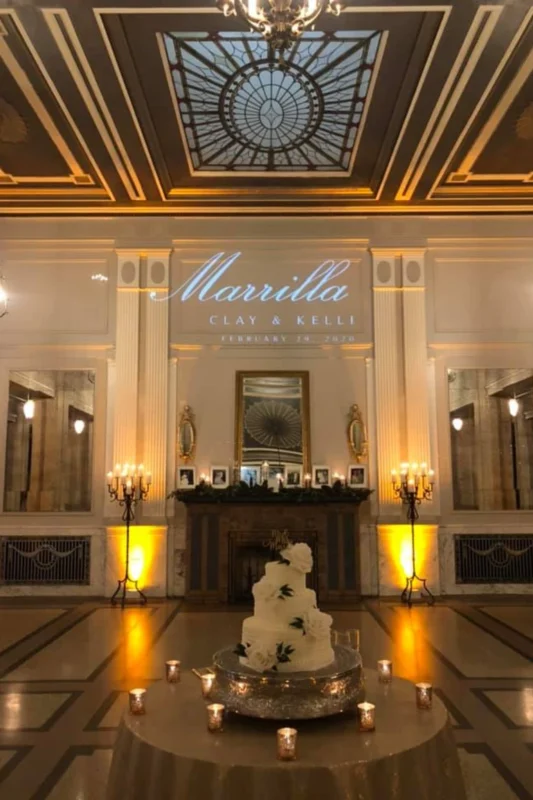
Frederick Legislation, one of the most powerful landscape designers in American history, Olmsted created works aiming at harmonizing human-made buildings with the surroundings. One of the most famous illustrations of Olmsted’s vision is still his landscape, which is well-known for its flowing walks, well-chosen plants, and organic designs. But given the times, how can we still respect and enhance Olmsted’s work in the present? One solution is adding a floral wall, a trend not just modern but also quite consistent with Olmsted’s ideals of aesthetic appeal, environmental harmony, and natural beauty.
This blog will show how a floral wall might improve The Olmsted’s historic architecture by combining the past and the present in line with Olmsted’s fundamental design ideas.So,How Can a Flower Wall Complement the Historic Architecture of The Olmsted?
1. The Olmsted’s Historic Relevance
Before we explore the function of flower walls, let us first grasp the fundamental ideas of Olmsted’s design. Designed with an eye toward flawless integration between nature and architecture, Frederick Law Olmsted, the creator of many famous American landscapes including Central Park in New York, planned The Olmsted. His ideas concentrated on building areas that felt both big and natural, where the constructed environment coexisted rather than dominated the surrounding countryside.
Olmsted’s design offered city people a haven in nature, therefore reflecting in many respects the expanding urbanization of the 19th century. Understanding Olmsted’s original goal helps us to appreciate how contemporary modifications, such as a floral wall, could not only enhance but also significantly complement his work.
2. Including Historic Architecture with Natural Beauty
The Olmsted landscape is distinguished in part by its capacity to combine building with the surroundings. Olmsted thought that landscaping might be a complement to the architectural features, therefore improving the visual attractiveness of any area. Here the floral wall might be rather important.
Floral walls can act as a natural extension of Olmsted’s landscaping, weaving color and texture into the surrounding space. They can fill empty wall spaces, soften the edges of built structures, and create natural focal points that invite visitors to explore more deeply. These walls can bridge the gap between the rigidity of architectural forms and the fluidity of the natural world, enhancing the beauty of both.
3. The Environmental Benefits of Floral Walls
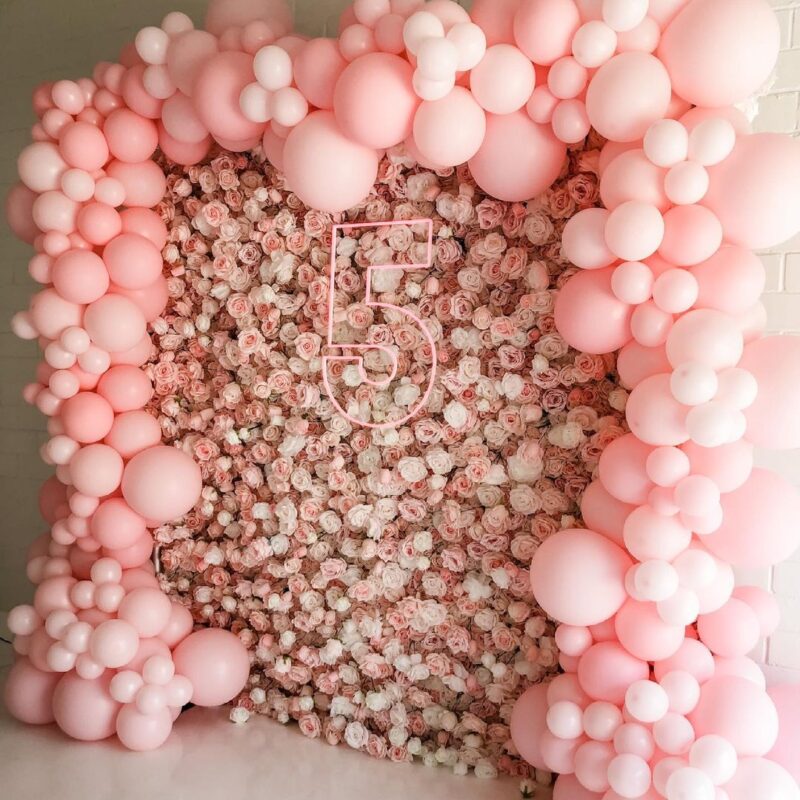
Flower Wall Collection:
https://eventflowerwall.com/product-category/flower-wall/square-flower-wall
Olmsted was an early advocate for sustainability in landscape design, and his works often included features that supported ecological health, like waterways and tree canopies. A flower wall made of native plants can serve as a modern extension of this philosophy.
Native flowers can provide habitat for local wildlife, such as bees and butterflies, helping to support biodiversity. Moreover, flower walls can reduce urban heat island effects by absorbing sunlight and cooling the air. This environmental benefit not only complements the ecological harmony Olmsted envisioned but also aligns with modern sustainability goals.
4. Aesthetic Appeal and Contrast
One of the hallmarks of Olmsted’s landscapes is their ability to create aesthetic contrasts — open spaces versus dense groves, structured pathways versus wildflower meadows. Floral walls offer a modern way to create such contrasts, bringing vibrant colors and textures to the built environment.
A floral wall’s dense, rich blooms can soften the sharp lines of historic architecture, adding vibrancy to stone or brick surfaces. The contrast between natural growth and structured walls provides a dynamic visual experience that highlights both the beauty of the plants and the architectural features they frame.
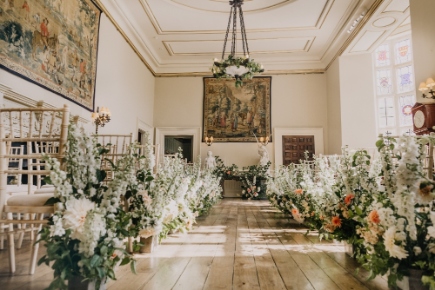
5. Reflecting Olmsted’s Vision of Public Spaces
Olmsted believed that public landscapes should be accessible, serene, and inspiring. Flower walls, when strategically placed in public spaces, could embody these values, creating spaces where people can gather, reflect, and enjoy nature in an urban setting.
Flower walls in The Olmsted’s design could become an inviting feature that encourages interaction, offering visitors the opportunity to pause and engage with nature. These walls create immersive environments, encouraging a deeper connection to the space and offering a new perspective on the surrounding landscape.
6. Enhancing the Historic Architecture
Olmsted’s work often involved integrating buildings with natural landscapes in such a way that the architecture seemed to be part of the surrounding environment rather than an intrusion on it. Flower walls, positioned along or near historic structures, can continue this tradition by gently enhancing the architecture with living color.
Rather than detracting from the architecture’s historic value, a floral wall can enhance its character, subtly echoing the natural forms and materials used in Olmsted’s original designs. These living elements bring a sense of temporality and growth to a space, highlighting the ever-changing beauty of the natural world.
7. Creating Multi-Sensory Experiences
Olmsted was a pioneer in creating landscapes that appealed to all the senses. A floral wall adds another layer to this philosophy by providing not only visual beauty but also scent and sound. The fragrance of flowers and the sound of bees or rustling leaves can enhance the sensory experience of a space, creating a more immersive environment.
This multi-sensory approach enriches visitors’ experiences, inviting them to engage with The Olmsted in a deeper and more personal way. Floral walls become a place of reflection, relaxation, and engagement with nature.
8. Flower Walls as Temporary and Seasonal Features

Learn more:
How do flower walls enhance the elegance of hotel wedding venues?
Which are the most often used designs for wooden wedding arches?
One of the key benefits of flower walls is their adaptability. Olmsted’s landscapes were designed to change with the seasons, offering new experiences throughout the year. Flower walls, too, can change with the seasons, showcasing different blooms in spring, summer, and fall, and creating visual interest throughout the year.
This seasonal variation can make The Olmsted feel alive and ever-changing, keeping the landscape fresh and relevant throughout the year. Whether it’s vibrant spring blooms or the muted tones of fall flowers, flower walls offer an evolving canvas that complements the broader landscape.
9. A Modern Twist on a Historic Tradition
Flower walls are a modern design trend, but they echo a much older tradition of decorative horticulture. In the 18th and 19th centuries, walled gardens and floral displays were common features in grand estates and public gardens, including those designed by Olmsted himself.
By introducing a contemporary floral wall into The Olmsted, we’re participating in a long-standing tradition of using plants and flowers to enrich the architectural experience. This modern twist offers an opportunity to respect and reinterpret Olmsted’s work, bringing it into the present while maintaining its historical integrity.
10. The Future of Landscape Design: Integrating Flowers and Architecture
As we look to the future of landscape design, it’s clear that integrating flowers and plants with architecture will continue to be a key theme. Olmsted’s vision of blending nature and built structures is more relevant today than ever, as urbanization and the environmental challenges it brings continue to grow.
Flower walls offer a practical and beautiful solution to these challenges, helping to integrate greenery into the urban landscape. As we continue to design spaces that prioritize both beauty and sustainability, flower walls will play an essential role in shaping the future of public parks, gardens, and urban spaces — just as Olmsted’s landscapes continue to inspire generations of designers.
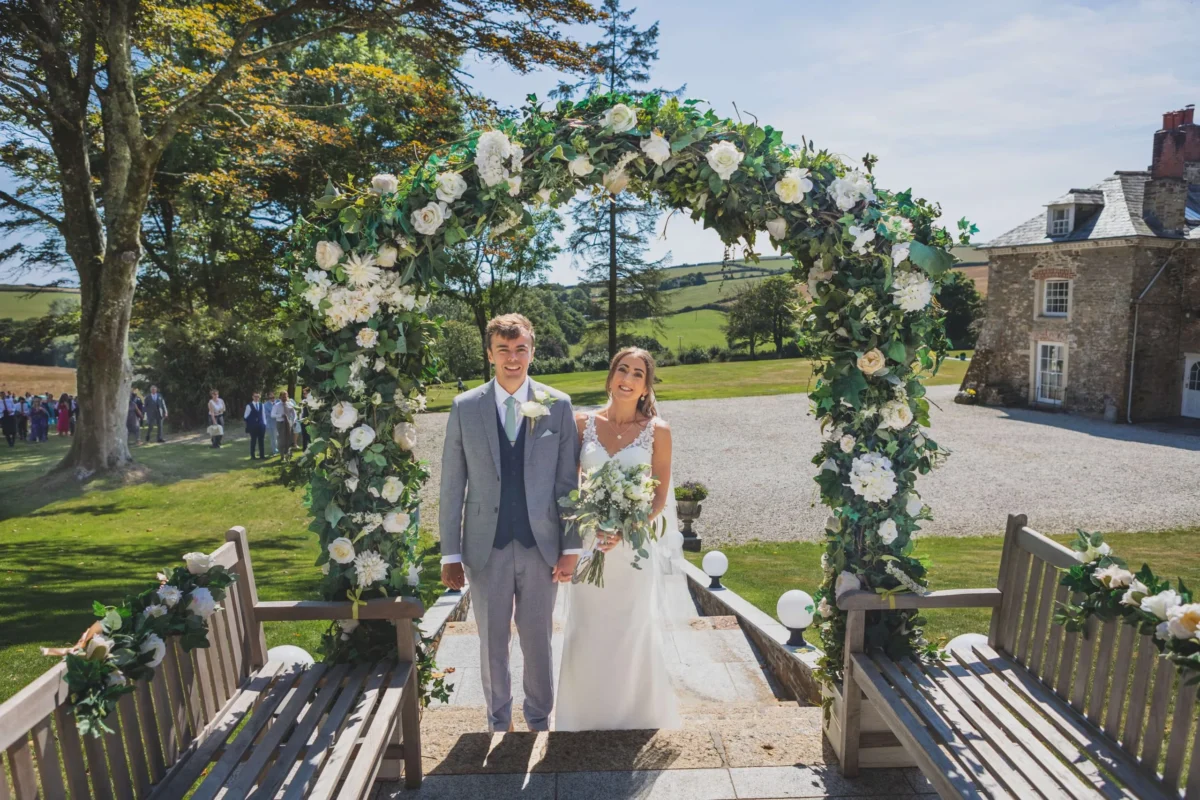
Conclusion
The addition of a flower wall to The Olmsted not only honors the landscape architect’s legacy but also offers a fresh way to engage with nature in a modern context. By enhancing the historic architecture with living elements, we create a space that feels both timeless and contemporary. As we continue to evolve the way we interact with our surroundings, flower walls will remain an essential feature of landscape design, bridging the gap between nature and architecture, past and present.

